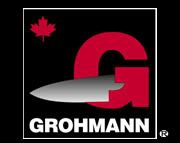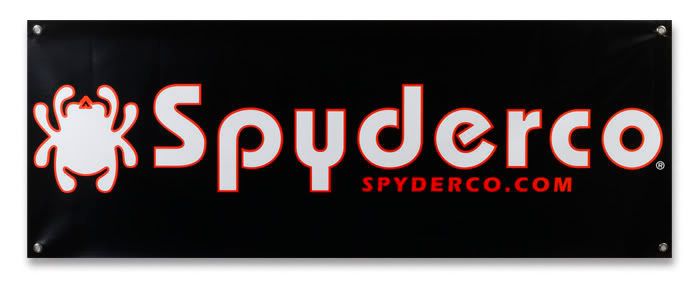Ordinarily you would use Cerrosafe, a metallic substance that melts at the temperature of boiling water and is designed for the job of chamber casting. But if you don't have any Cerrosafe, wax can make a cheap substitute if done carefully. In this case I used refined beeswax.
Here you see a picture of the muzzle showing the .22 liner that was epoxied into the barrel:

I started by giving the breech area and bore a good cleaning. Then everything was given a light coat of oil, :

I needed a tight oiled patch placed in the bore just ahead of the chamber. I first closed the breech block, ran a rod down the muzzle to determine overall bore length, then backed the rod out enough to clear the chamber and marked the rod with a piece of tape. The patch was then run in from the muzzle, stopping the rod at the tape mark. I did it this way because it presents a smoother surface for the wax to stop against as opposed to a patch run in from the breech, but I suppose it really doesn't matter much how it gets in there as long as it is there!

Next I used some automotive body caulking to build a dam around the bore breech so as not to get wax into the action:

I used an old metal cigar tube cut at an angle and pinched to form a pouring spout for the melted beeswax. A Vicegrip was used to handle the hot tube:

Here you see the rifle clamped barrel down in a vice with the action tilted slightly uphill to let any wax that overflows go away from the action:

Now the wax has been poured. It will shrink and pull down into the chamber slightly as it is poured, so I keep dribbling in hot wax until it overflows slightly:

While I waited a half hour or so for the beeswax to completely harden, I cleaned up the overflow and removed the caulking from the action area:

Lastly, the cleaning rod was run down the muzzle and the casting pushed out:

Using a caliper to check dimensions, and referring to the book "Cartridges of the World", I determined that the rifle appears to be a R-2 Lovell, a famous old wildcat caliber designed in 1937 and based on the 25-20 Single Shot case. I know a fellow who has a rifle in that caliber, so the next step is to borrow a round from him and see if it fits.
This wax chamber casting method will get you by in a pinch, but having used Cerrosafe in the past, I think it does a much better job, and the cerrosafe casting does not require the delicate handling that a wax casting does. Still, I found out what I needed to know, and it was kind of fun going through the process!
Tim (Shasta)






















No comments:
Post a Comment